The morning was cool and brisk, with dew still clinging to the grass. We made our way across a field and could barely make out our target for fog. Eventually, we got close enough, the mist cleared and the stones revealed themselves; not just a random arrangement of stones, but purposefully placed to mean something to someone who lived between 4800 BC to 2250 BC. They are called Dolmens, burial tombs with sides and roofs made of huge stones, that were placed by our ancestors during the Neolithic period, which ranges from the New Stone Age to the Copper Age. Living on a small island cut off from the rest of the world must have felt isolating for these people, on one hand, but safe and secure, on the other.

Jersey and Guernsey are Channel Islands, of many, between France and England. A short ferry ride, from either Portsmouth/Poole on the English side or Saint Malo on the French side, will take you to these gorgeous islands with landscapes seemingly out of picture books. There is not one bad side to these islands. The people are friendly, go by first names and are warm and welcoming. With its tiny population, these small islands feel big. The coastal views are just breathtaking, and despite the low-speed limit and narrow roads, the Fahrvergnügen is high.
Jersey
There are many Dolmens and other Neolithic stones on Jersey. One can’t help feeling the enormity of the task to construct just one of these tombs. Each stone weighs more than one man could move on his own. We managed to visit nine of them, before retreating to a bed to lay down and massage our calves.
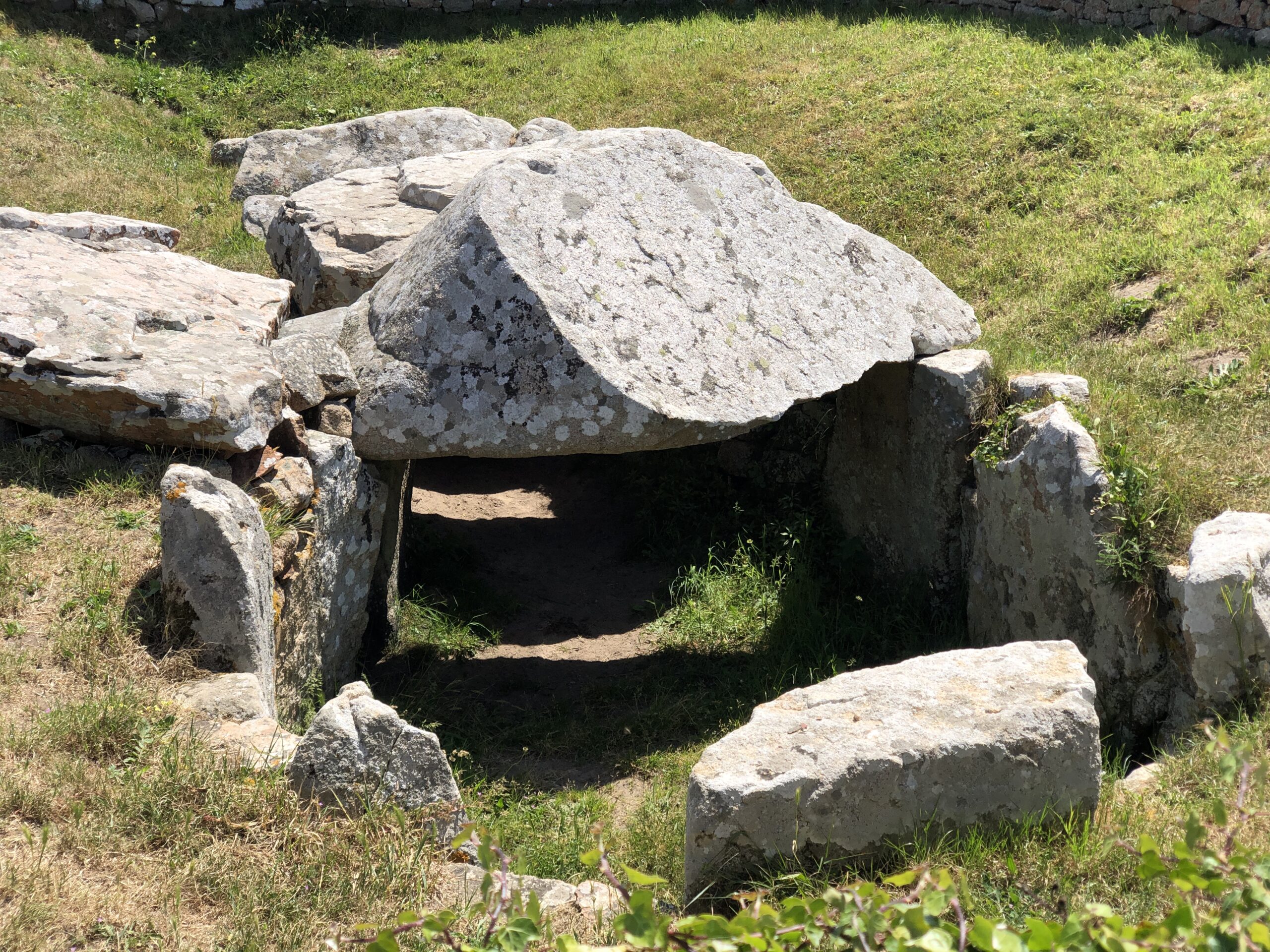
Les Monts Grantez (4000 BC) – a passage grave with asymmetrical chamber and external side chamber, originally covered by a mound, excavated 1912.
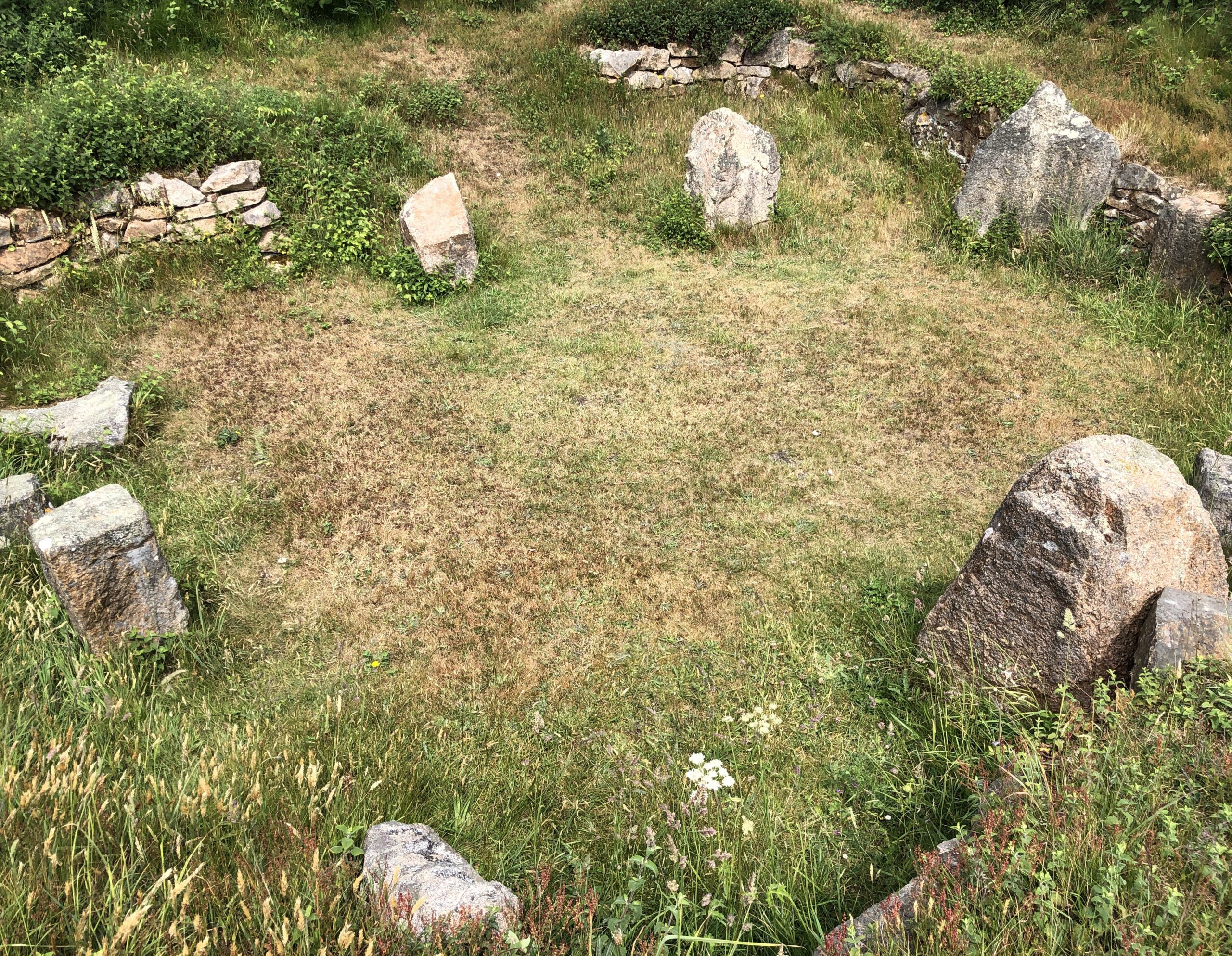
Dolmen de Géonnais (4000 BC) – a passage grave with an unusual rectangular chamber, almost certainly open, excavated 1929 and 1985-90.
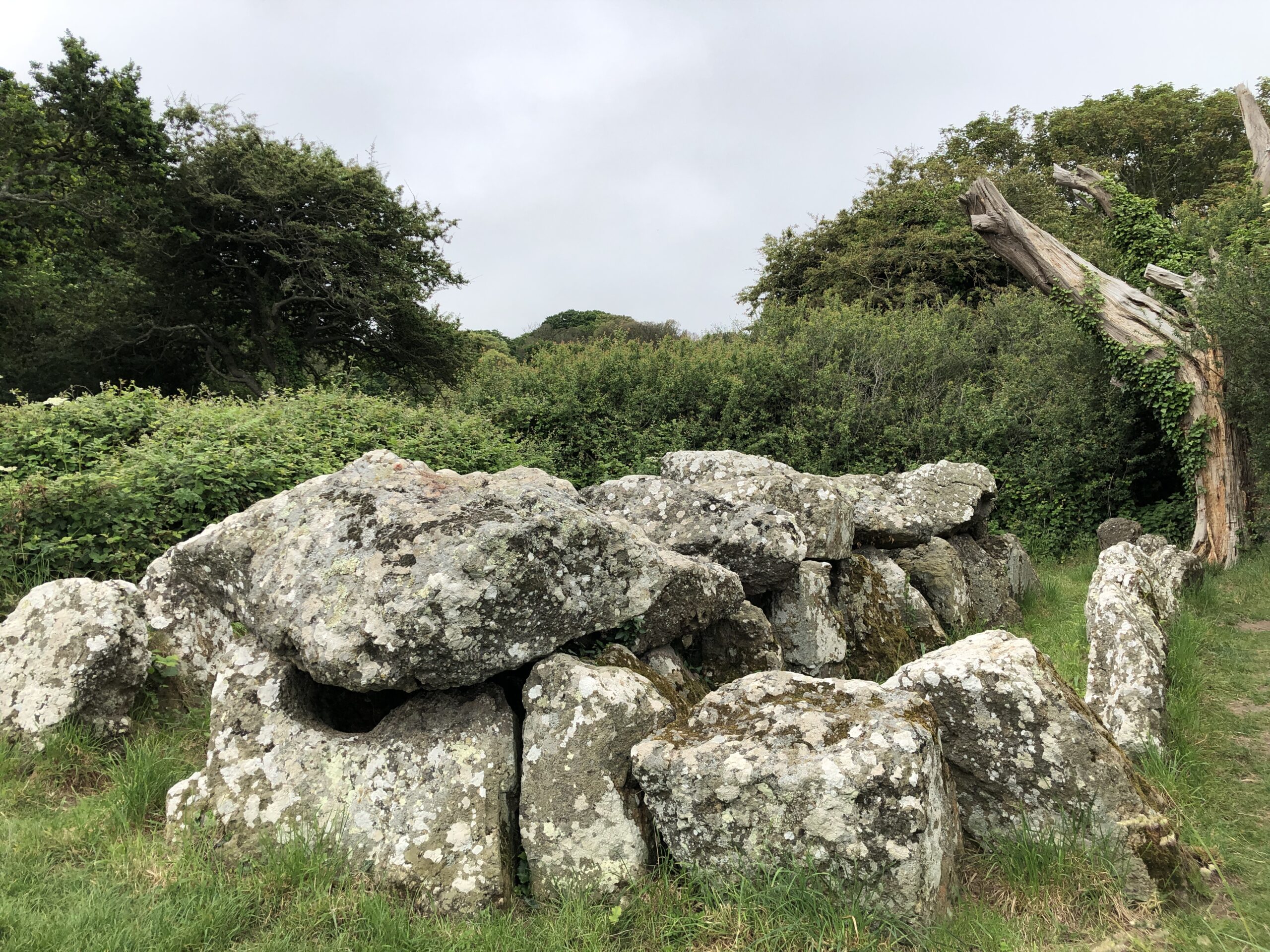
Le Couperon (2850 BC) – a gallery grave with rectangular enclosure of upright stones and an interesting porthole slab, excavated 1868.
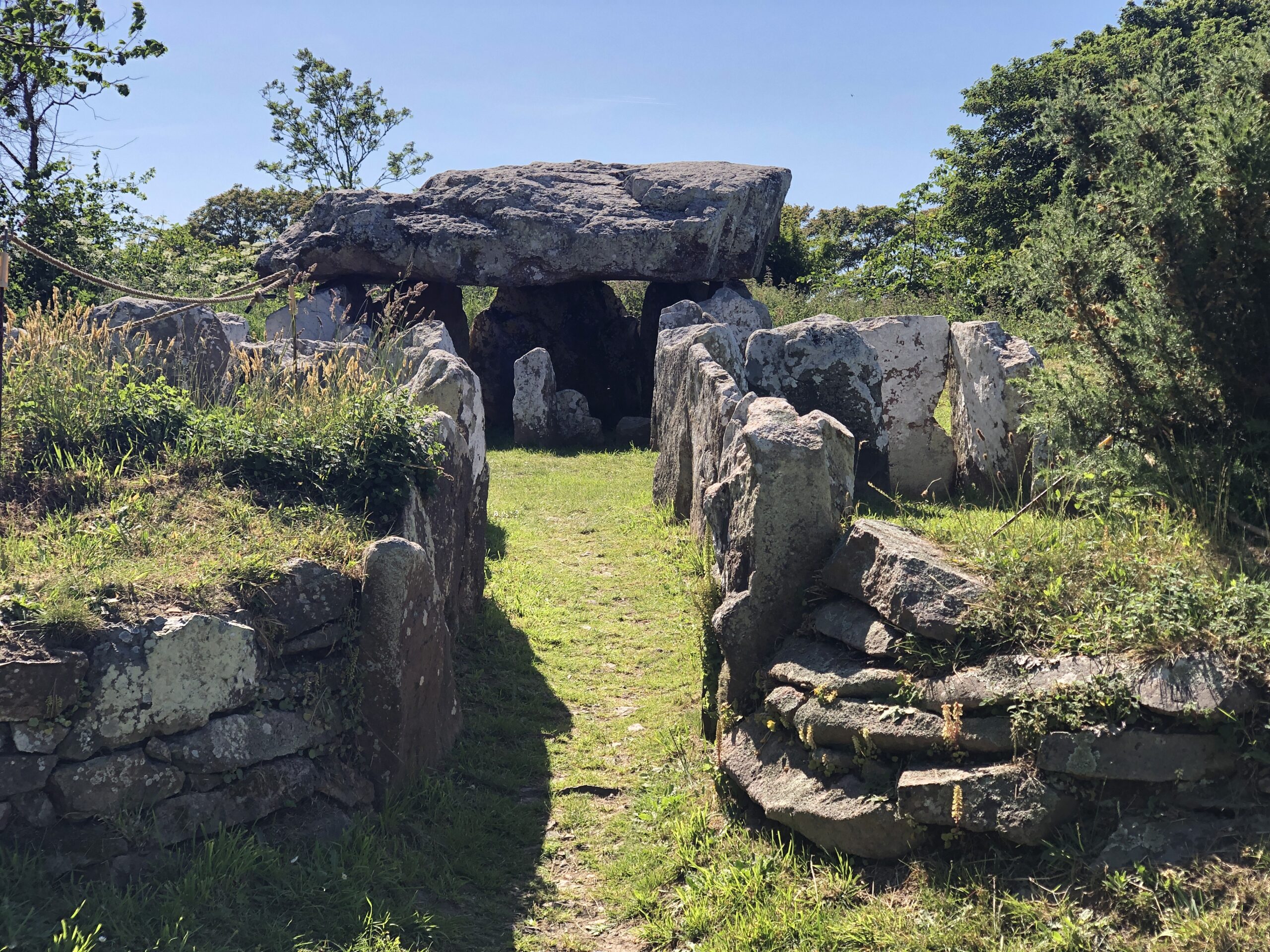
La Pouquelaye de Faldouet (4000 BC) – a passage grave with an unusual double chamber, the main chamber is open and surrounded by cists, the second is covered by a single massive capstone, excavated 1839 and 1868.
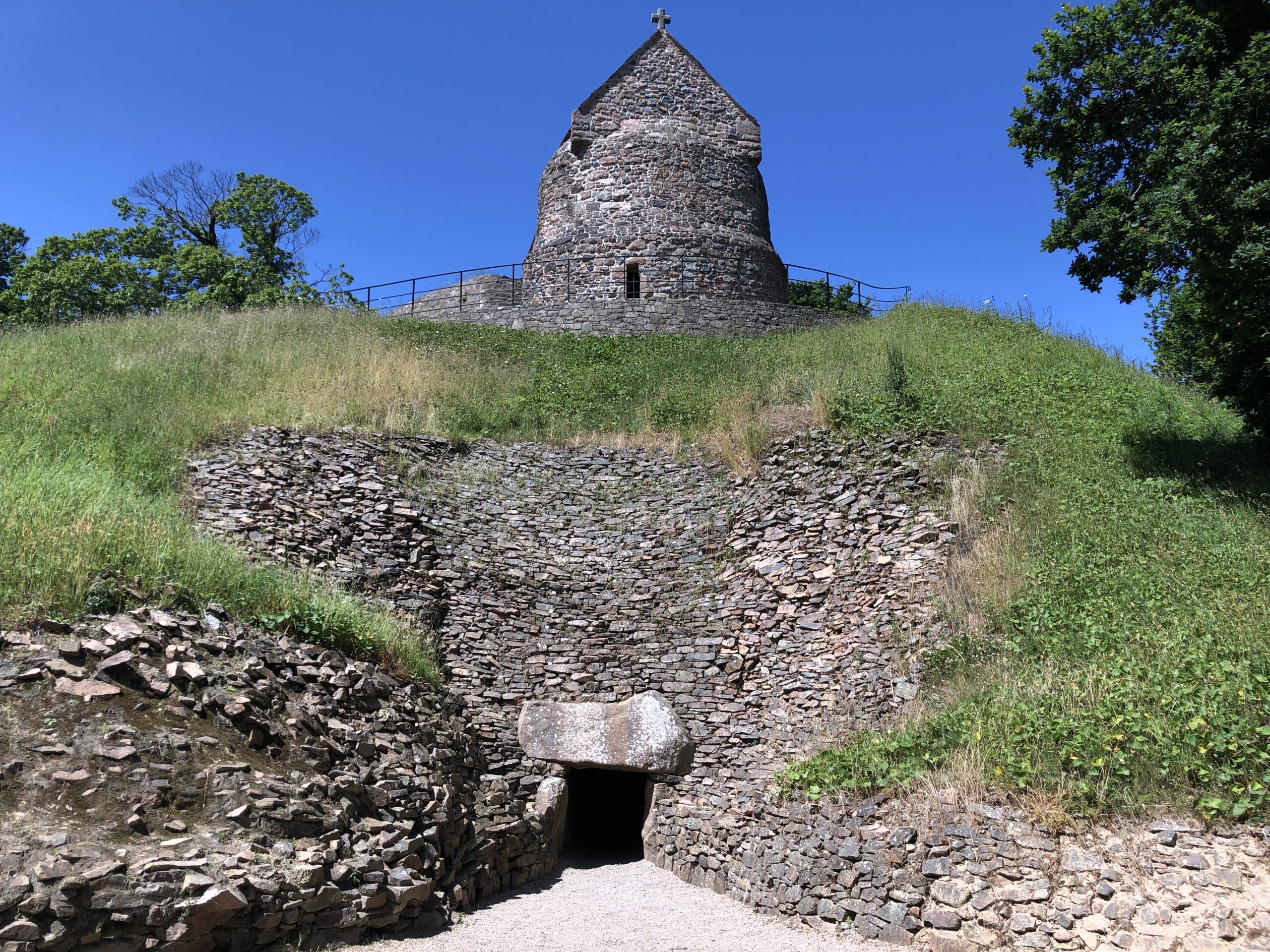
La Hougue Bie (4000 BC) – one of the finest passage graves in Europe, cruciform in plan and covered by a 12m high mound, excavated 1924, there is an archaeology museum on the site.
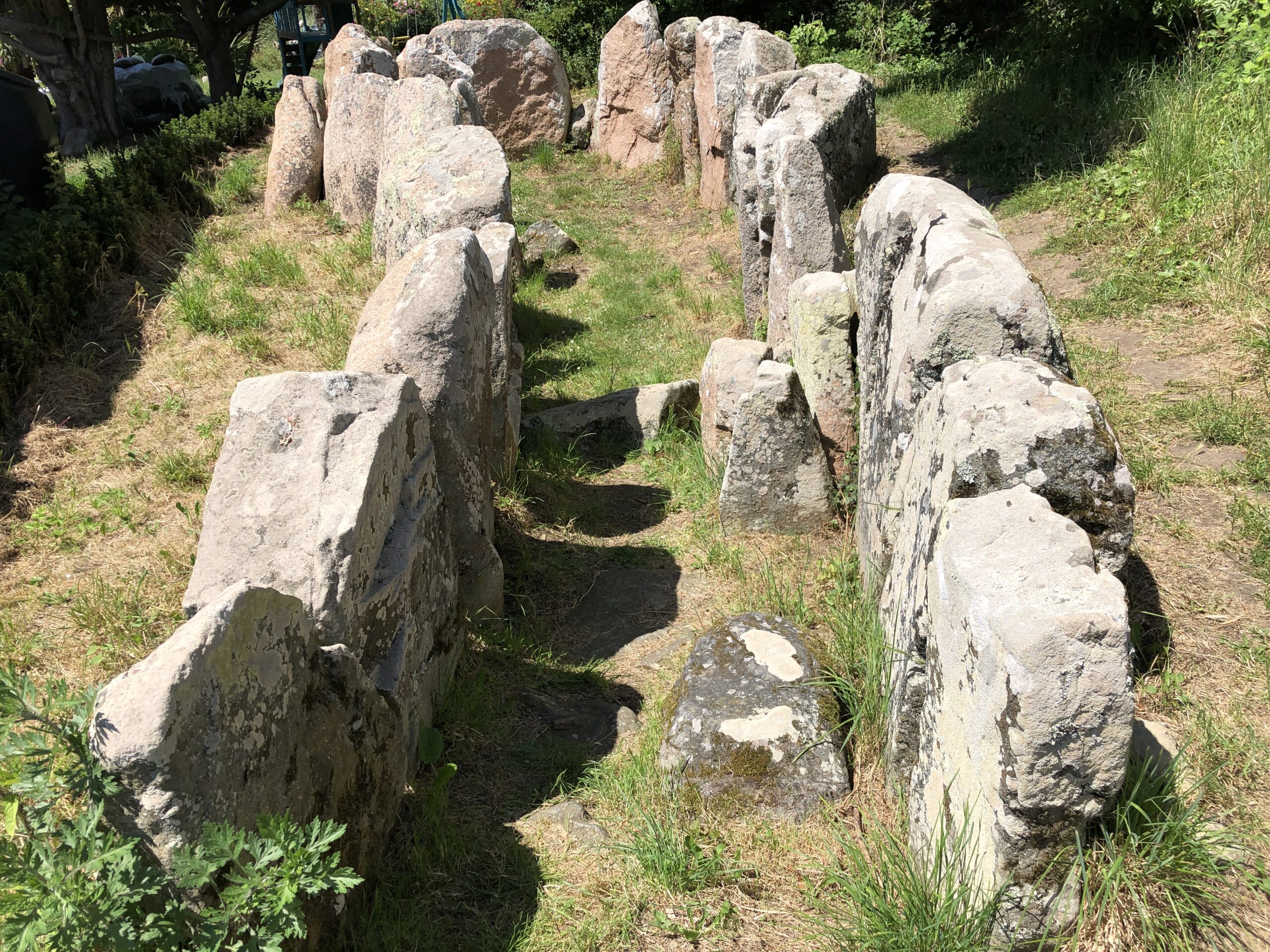
Mont Ubé (4000 BC) – a passage grave originally with four internal cells, badly destroyed by quarrying, excavated 1848.
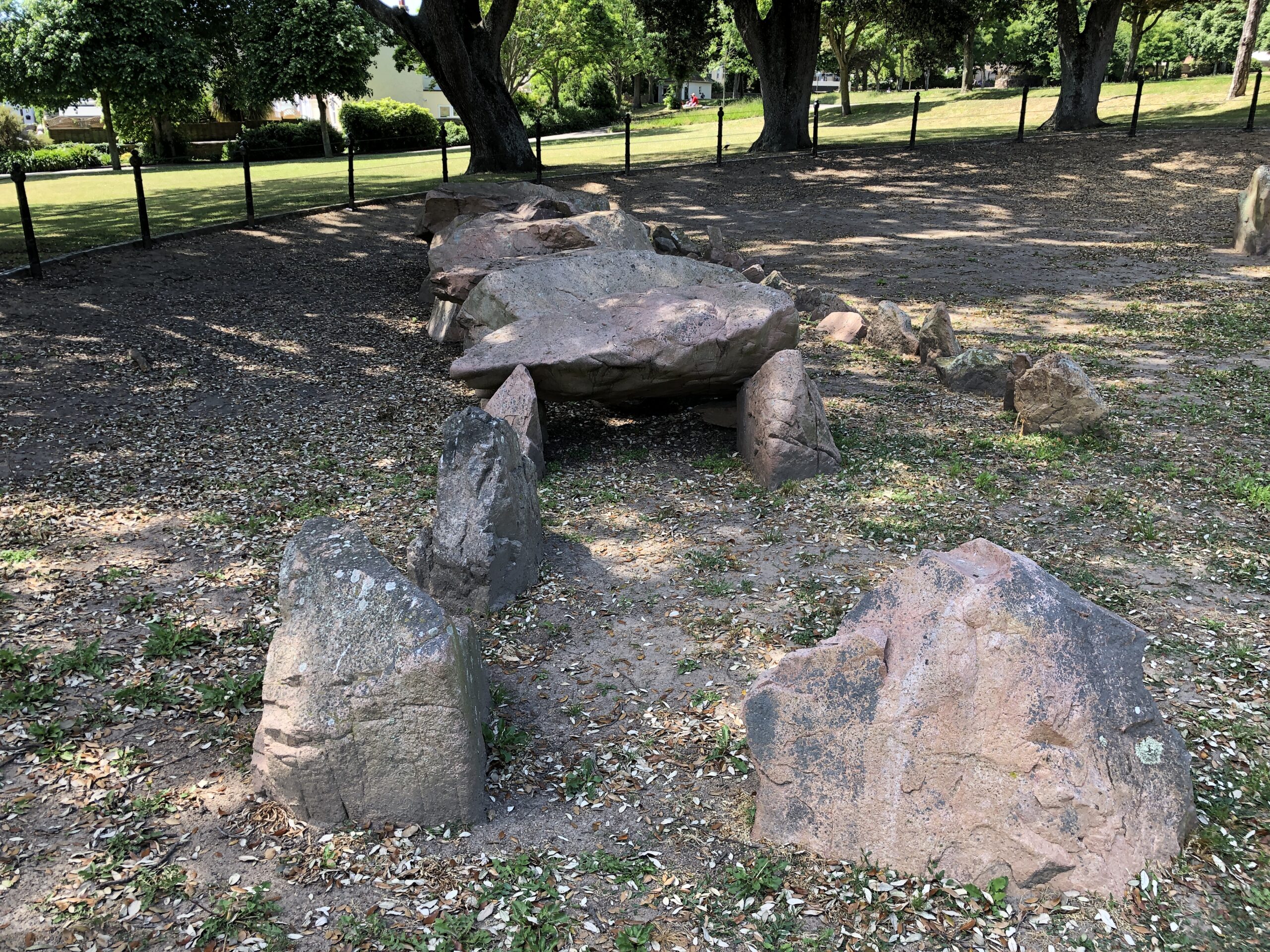
Ville-és-Nouaux – a remarkable complex with a gallery grave (2850 BC), a cist-in-circle (2250 BC) and evidence of Late Bronze Age urn burials (800 BC), excavated 1869 and 1883.

La Table des Marthes – original form unknown, a massive granite capstone covers a chamber (now infilled), excavated 1850. Who is that passed out on top?
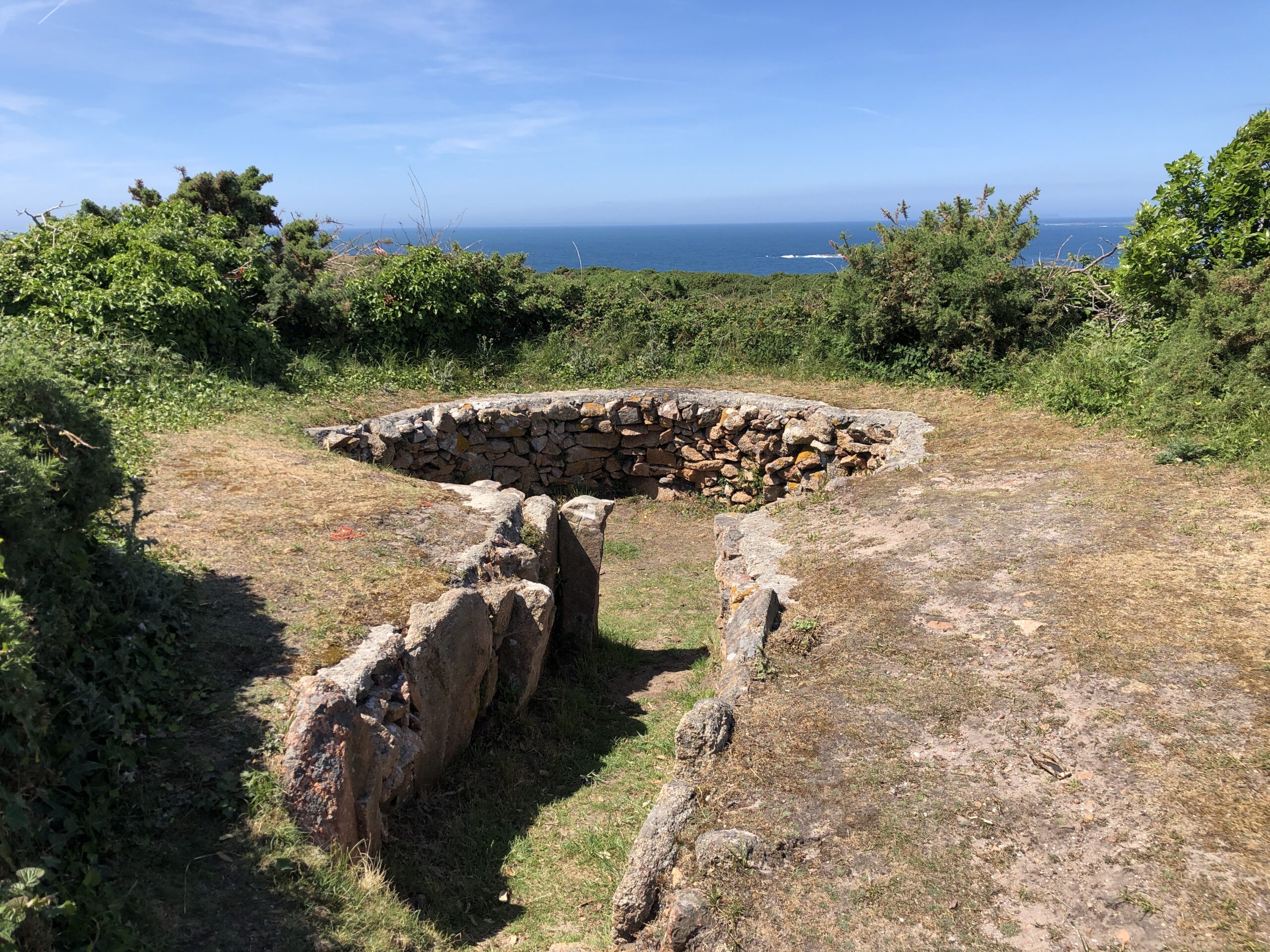
La Sergenté (4500 BC) – the only corbelled passage grave known from the Channel Islands and possibly the earliest dolmen in the Island, excavated 1923.
Source: https://www.jerseyheritage.org/media/Heritage%20Landscape/Dolmen%20Leaflet.pdf
For further information on Jersey: www.jerseyheritage.org , www.prehistoricjersey.net & www.megalithics.com
Guernsey
Boarding the ferry again, brings us to the sister island of Guernsey, which is really equally beautiful. Here, again, we sought out standing stones like a scavenger hunt. We found them too… boy, did we!
Here are the hits:

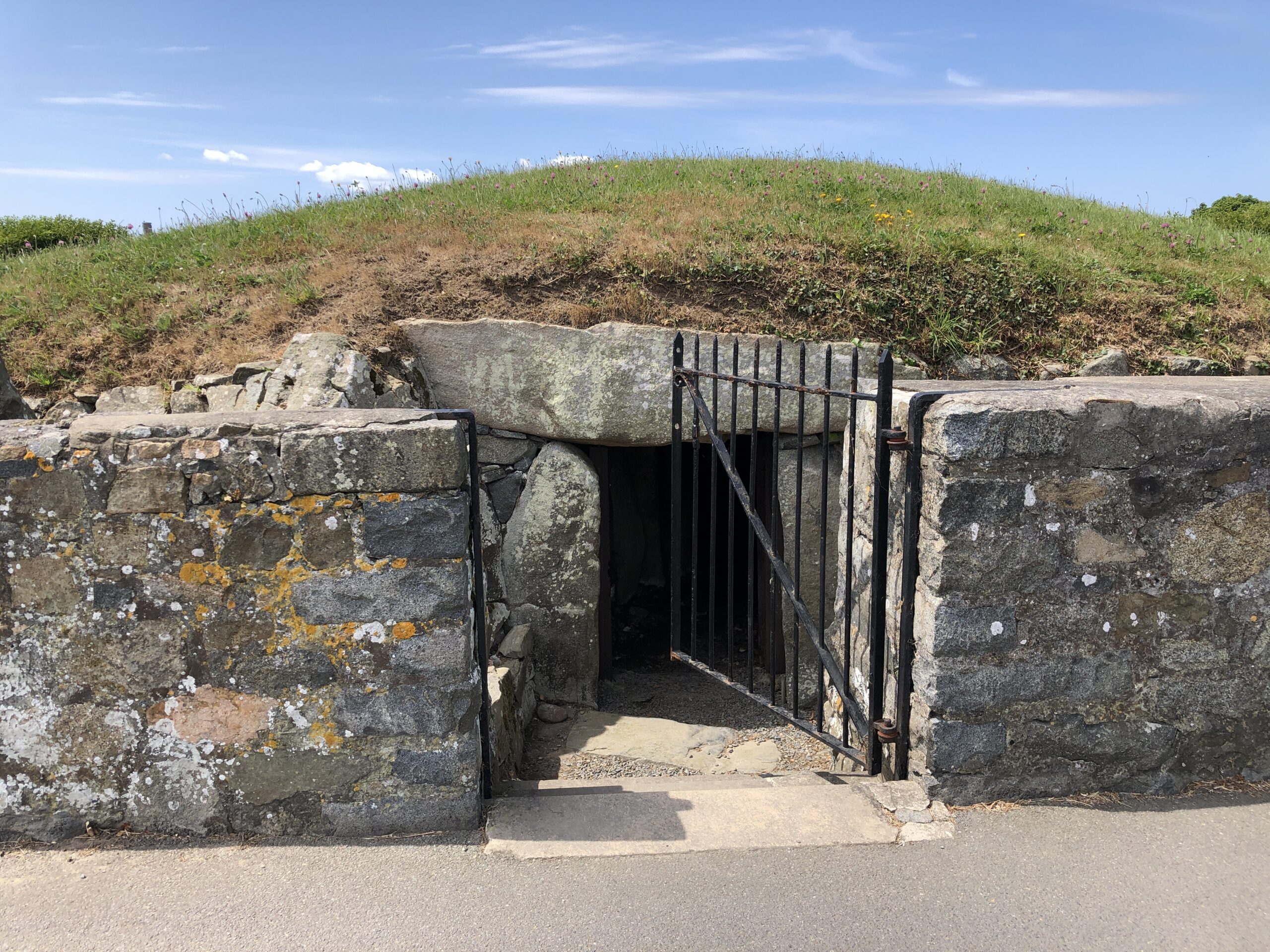

Dehus Dolmen – This dolmen is an impressive mound with a small door that leads you through a low ceilinged hallway, where you crouch and waddle like a duck to get through, into the round room encircled by large stones, where you can see a carving of a man’s face. Some think the face might depict the Orion constellation.

Le Trepid – This site is known for something that happened in the 17th century, namely, the use of the site by witches. This type of dolmen, with its passage grave, is only one of four left on this island. It’s thought the superstitions of the locals kept it from being ruined.

Creux es Faies – This is another passage grave site, with evidence of being used by German soldiers during WWII. There is a German bunker nearby as well.

Le Gran’mere du Chimquiere – This statue menhir dates to 2500 BC and sits outside St. Martin’s Church. The Christian Church, being what it is, tried to destroy her and even broke her in half to cart her off, but luckily, protests from the locals saved her from destruction. The compromise was to place her outside of church grounds, and there she stands now.
For more information on the Guernsey Dolmens: http://www.megalithicguernsey.co.uk
How to get around the islands: Condor Ferries https://www.condorferries.co.uk/
